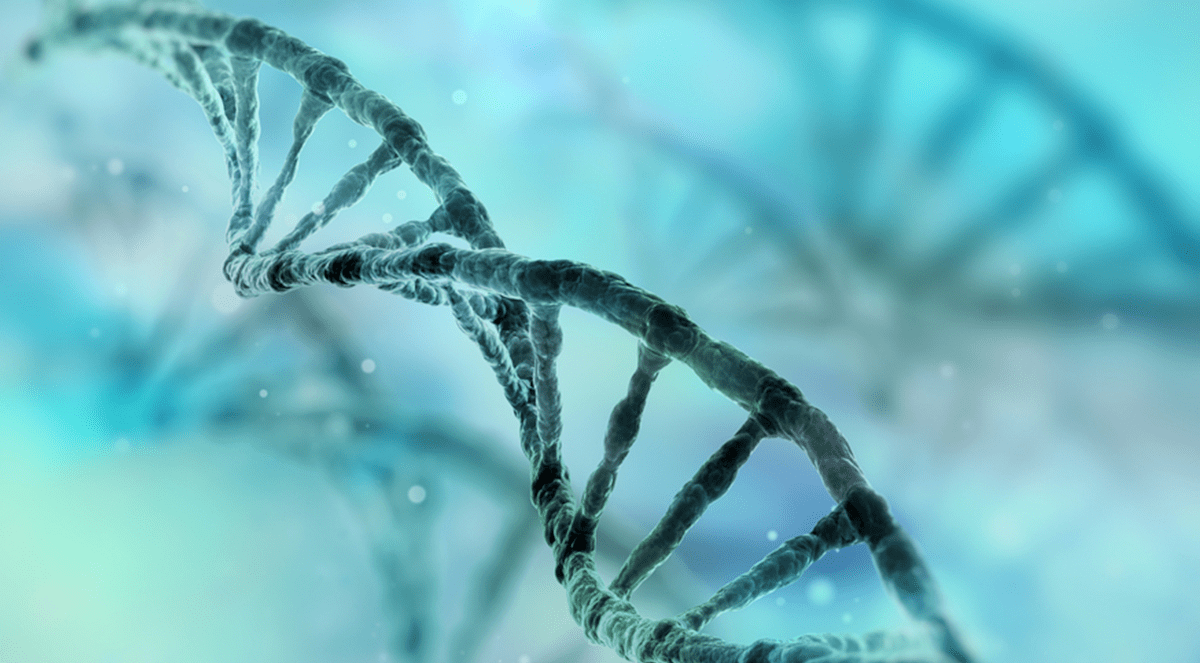It is one of the great mysteries in biology: how does a cell neatly distribute its replicated DNA between two daughter cells? For more than a century, we have known that DNA in the cell is comparable to a plate of spaghetti: a big jumble of intermingled strands. If a human cell wants to divide, it has to pack two metres of DNA into tidy little packages: chromosomes. This packing occurs using proteins called condensin, but how? When it comes to this question, scientists are split into two camps: the first argues that the protein works like a hook, randomly grasping somewhere in the jumble of DNA and tying it all together. The other camp thinks that the ring-shaped protein pulls the DNA inwards to create a loop.
With an article published last week in Science, researchers from TU Delft, Heidelberg and Columbia University give the ‘loop-extrustion camp’ a significant boost: they demonstrate that condensin does indeed have the putative ‘motor power’ on board.
In their article in Science, the researchers show for the first time that condensin does indeed have a motor function. They positioned DNA molecules that were stretched on a surface and added condensin proteins, each fitted with a light-emitting quantum dot to enable observation. ‘We observed how condensin does indeed translocate along the DNA. This only happened if fuel was present, in this case the molecule ATP — the petrol that powers all processes in a cell’, explains Jorine Eeftens, graduate student at Delft and one of the first authors. ‘The results also show that condensin takes extremely large steps on the DNA, and therefore needs significantly less ATP than previously thought’.
In the second stage of their research, the researchers replaced the light-emitting quantum dot on the condensin with a light-emitting string of DNA. They once again witnessed condensin moving in the same way. Condensin is therefore able to move a piece of DNA in relation to another, which corresponds with the idea of a loop being formed.
‘The exact underlying mechanism, so the precise details of how the motor works, is still open to discussion. But this discovery is certainly an enormous boost to the loop extrusion camp. We have also shown that the amount of energy used is a lot less than previously thought’, says Cees Dekker.
Click here to read more on this study.


